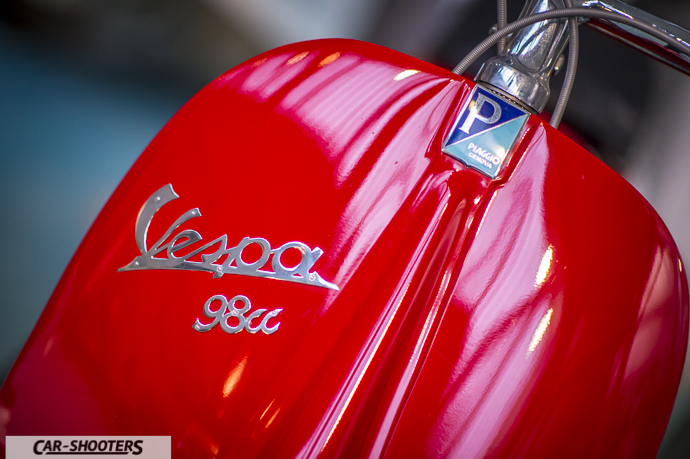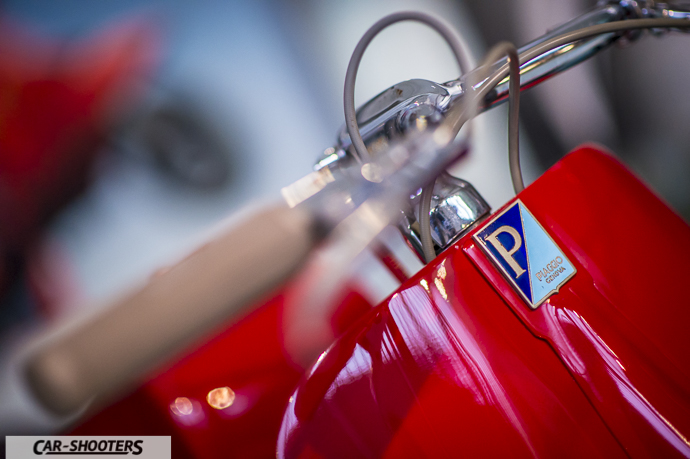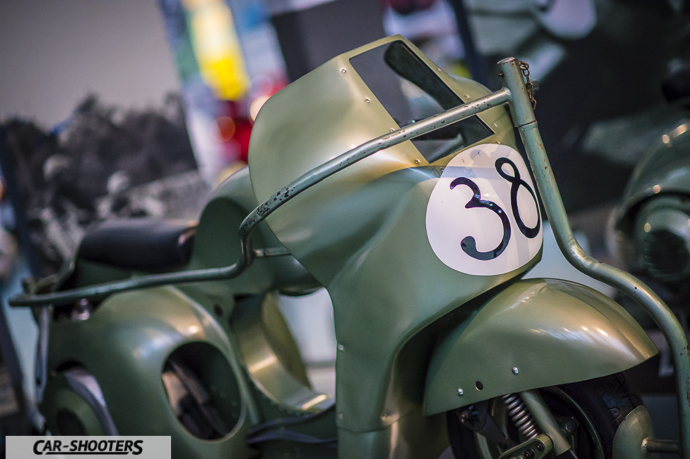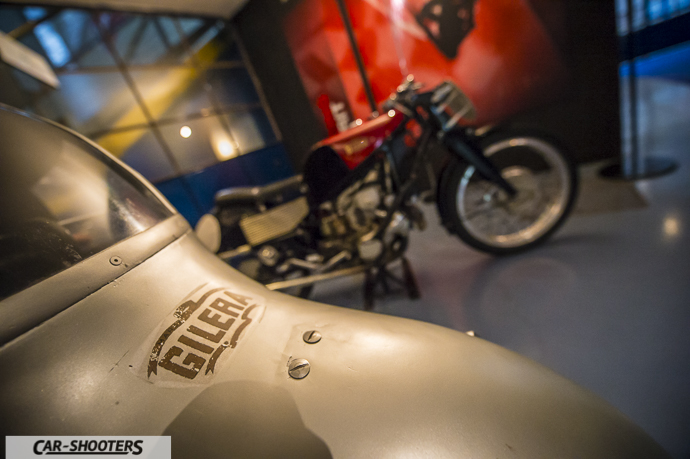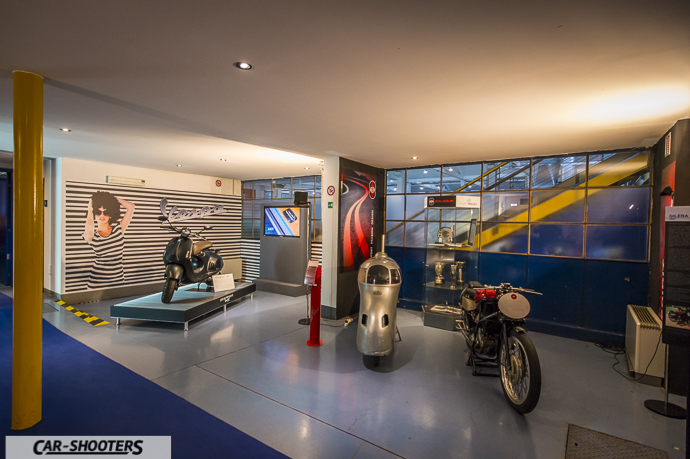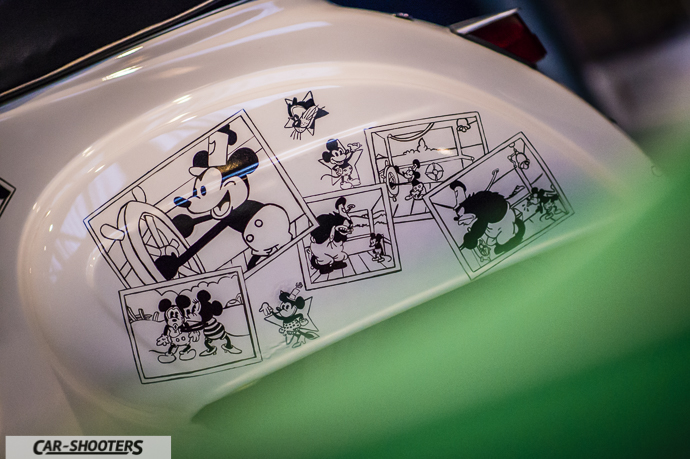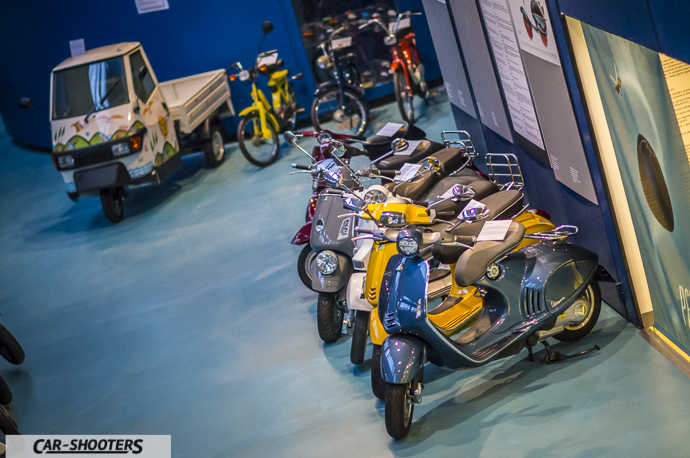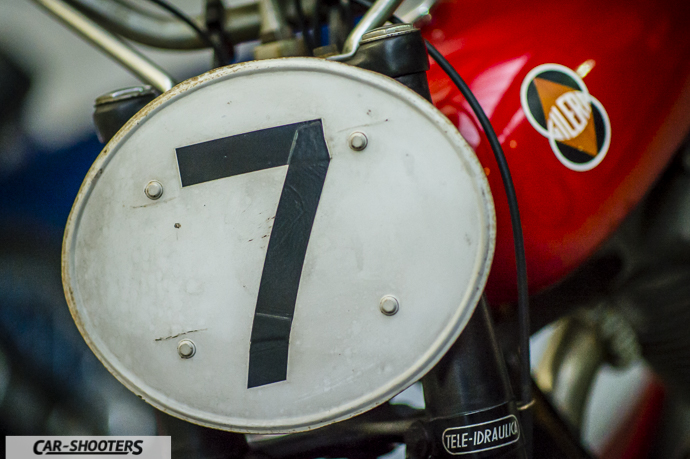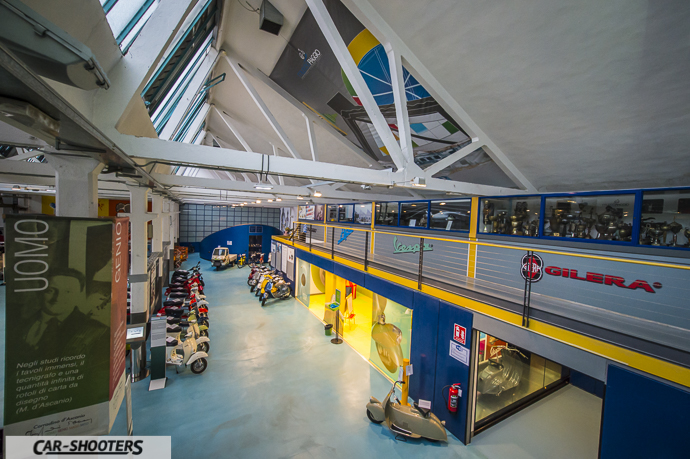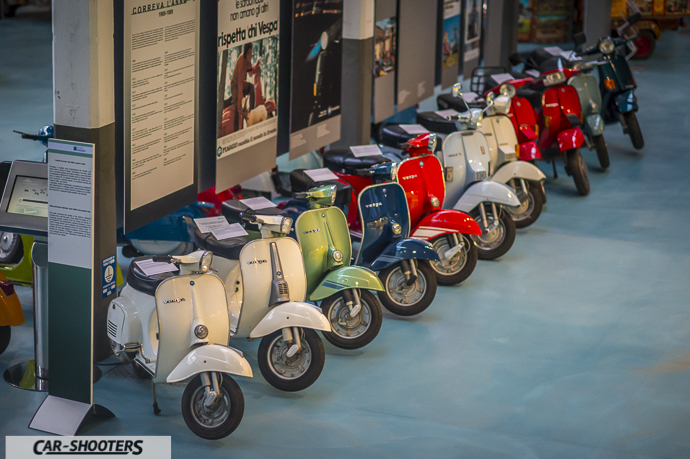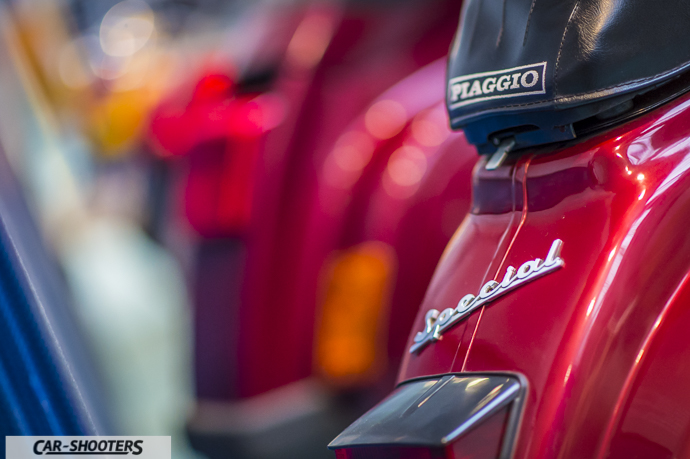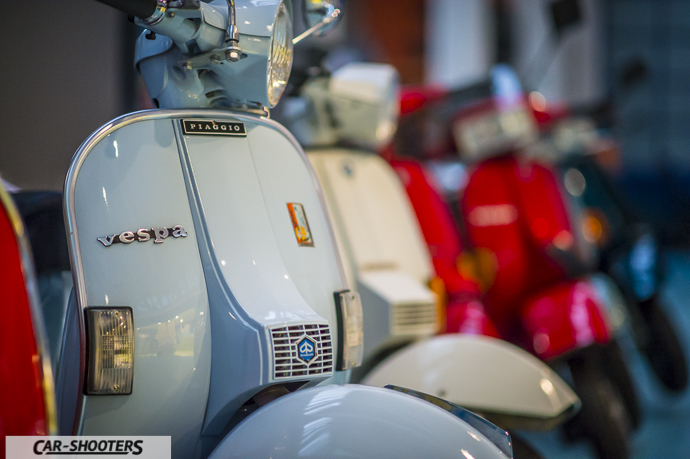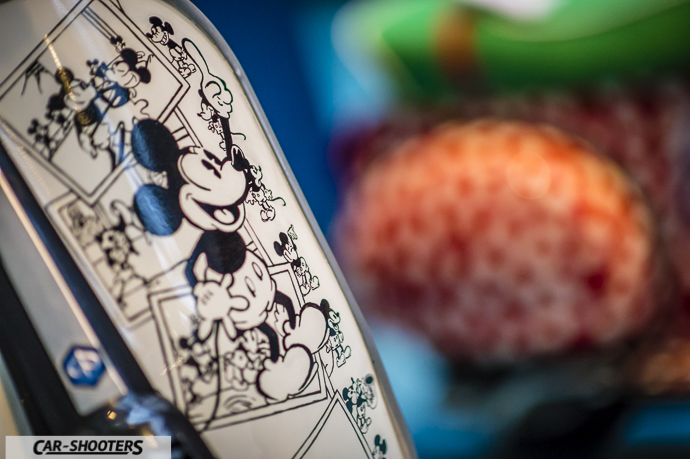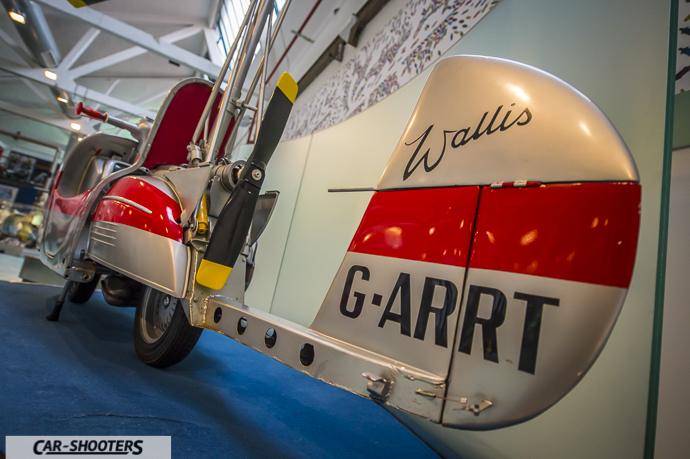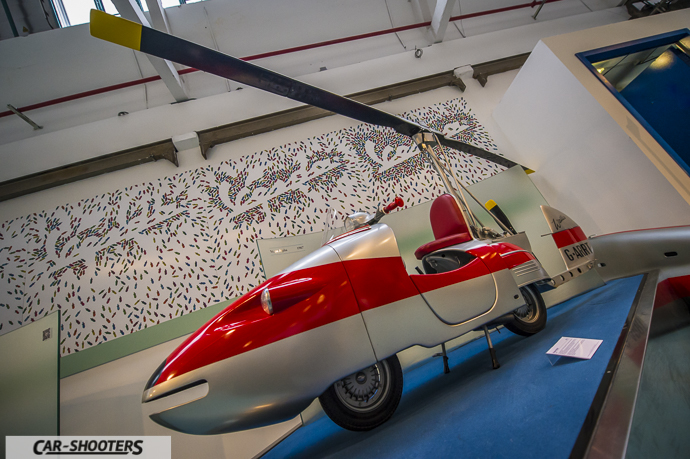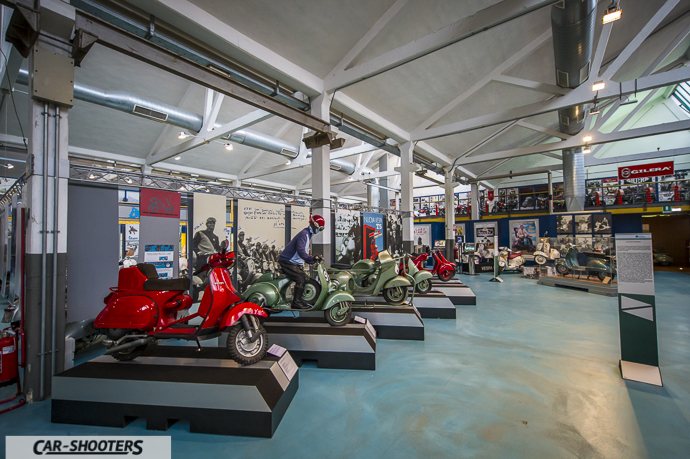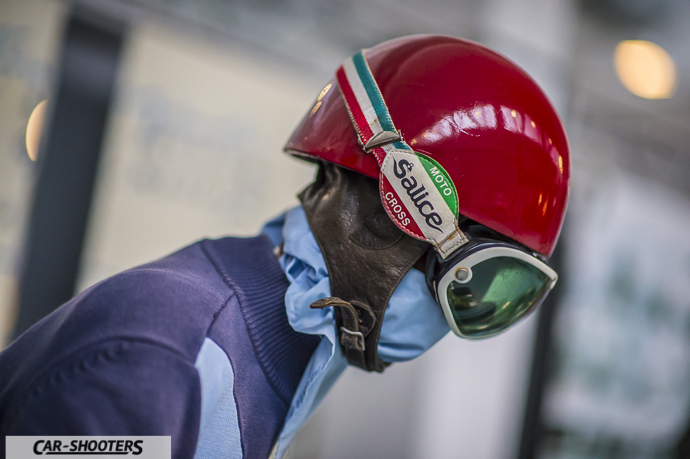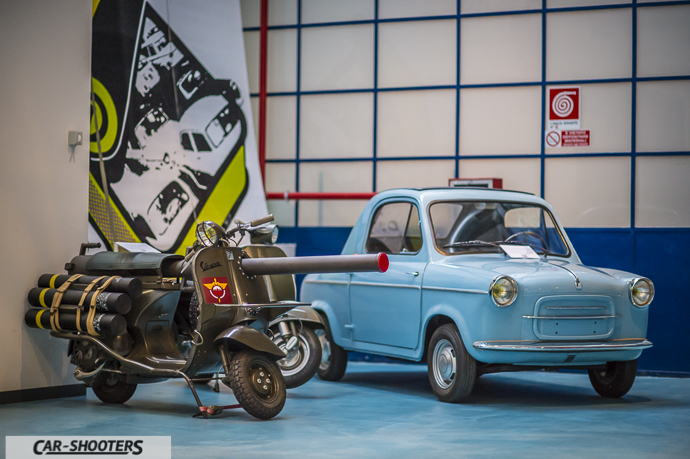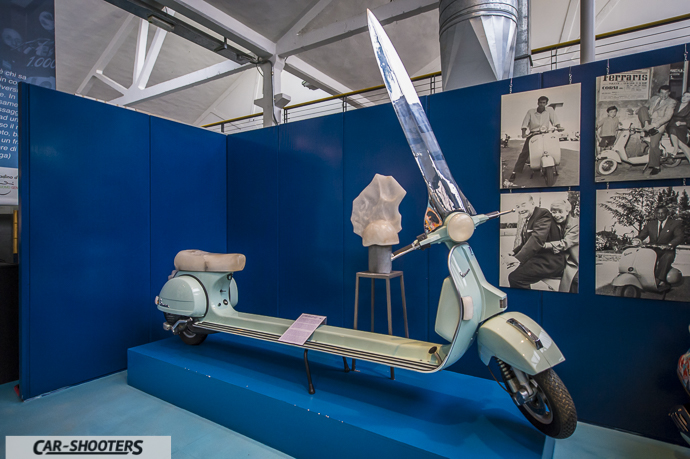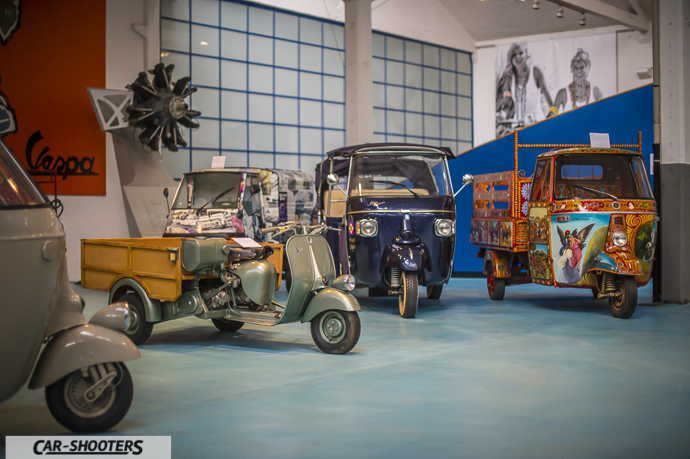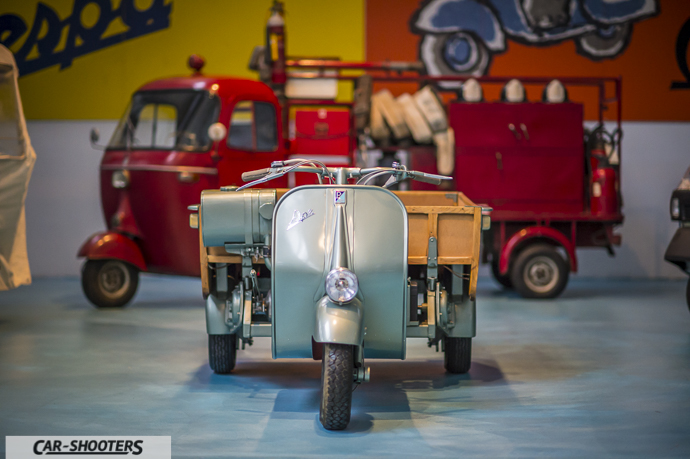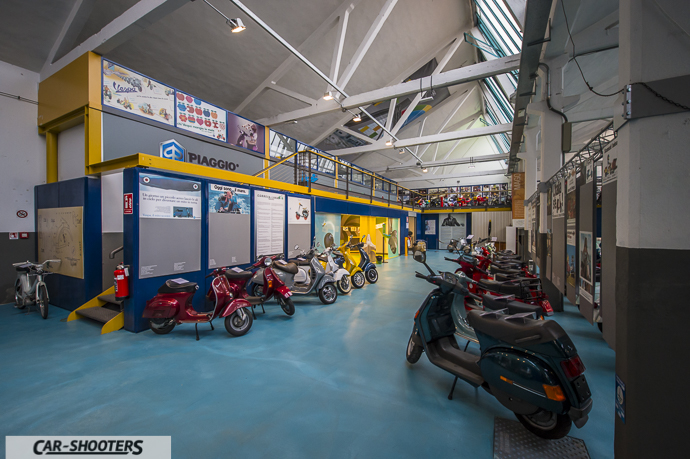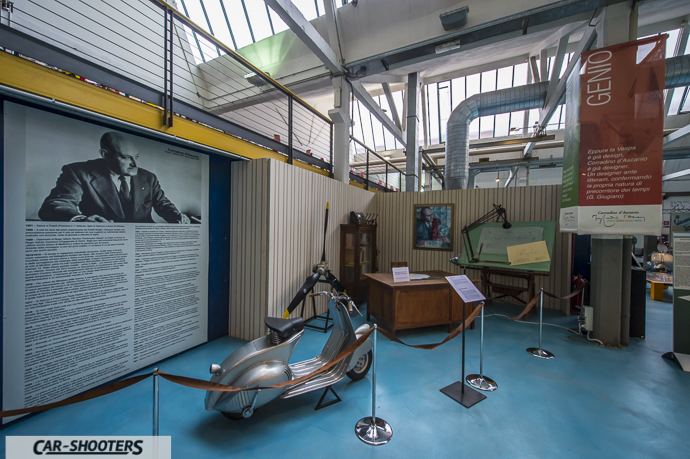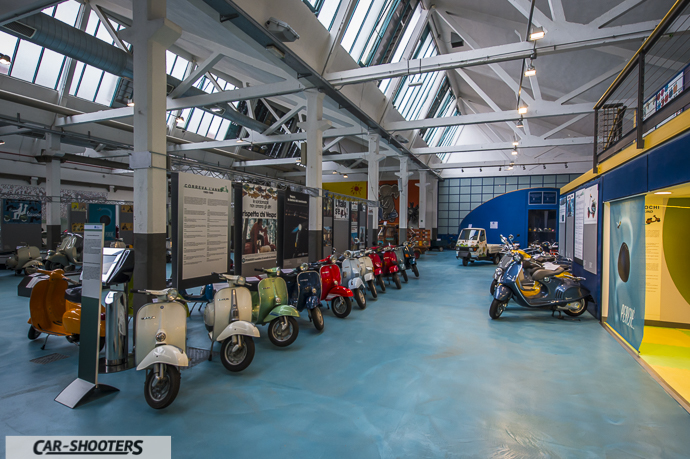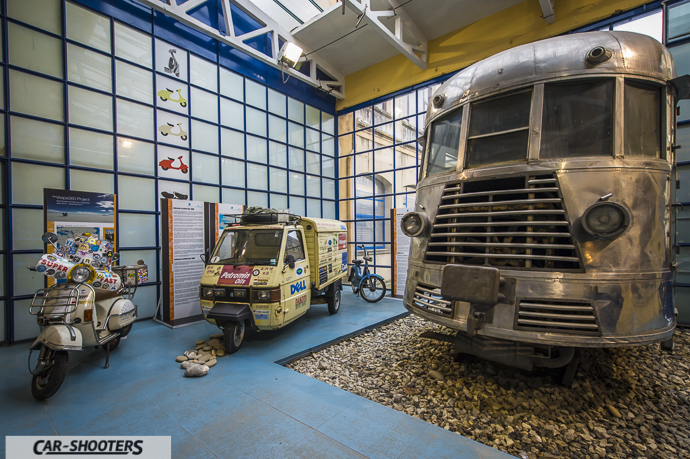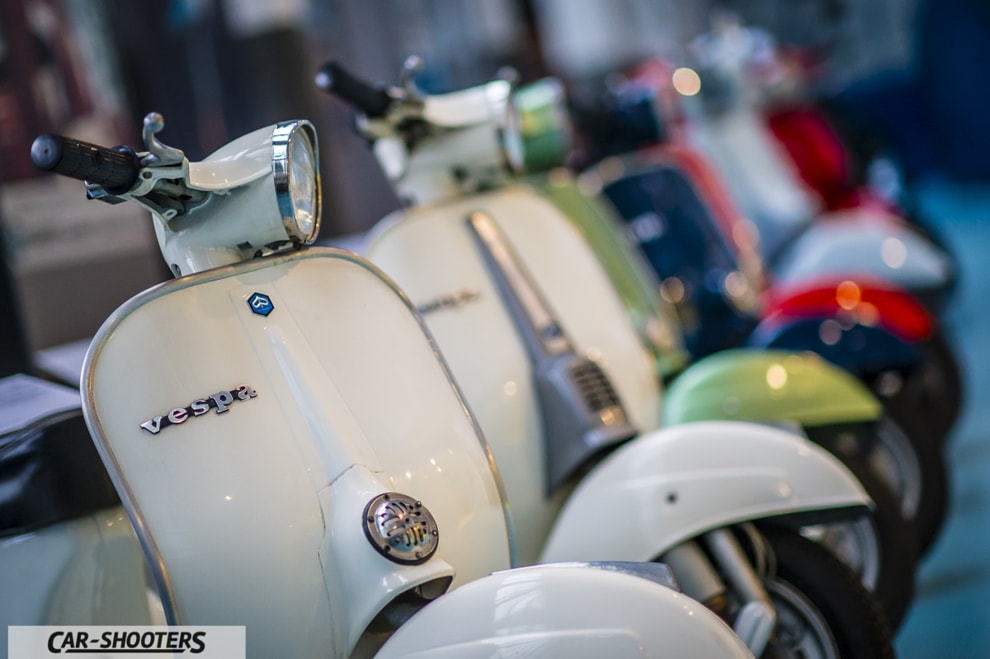“Chi Vespa mangia le mele. Chi non Vespa, no” (In English: “Who rides a Vespa eats apples, who not rides a Vespa doesn’t”).This famous Italian slogan of 1968 collects an entire world of passion. The slogan made the history of Italian advertising beacause perfectly represented the Vespa owners lifestyle, characterized by values such as freedom, beauty and respect for the world around them.
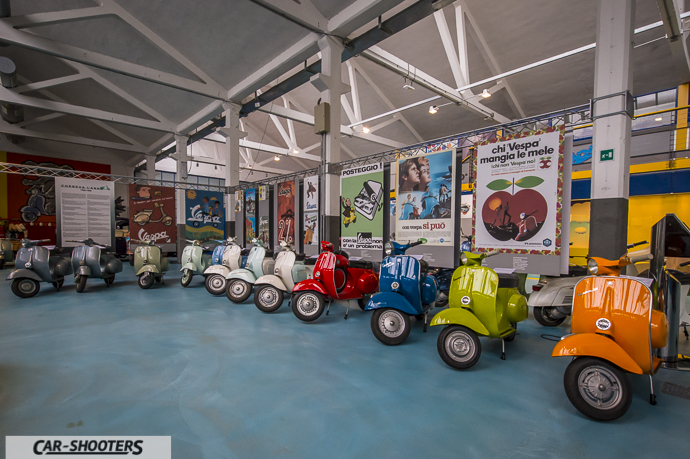
Filippetti, the creator of the slogan, thought that the “No” people were adults, seen by him as boring. In the next months the 70 years anniversary of the Vespa will come, so, after the 500D, we decided to pay a tribute to another great little Italian icon: the Vespa: style and elegance symbol.
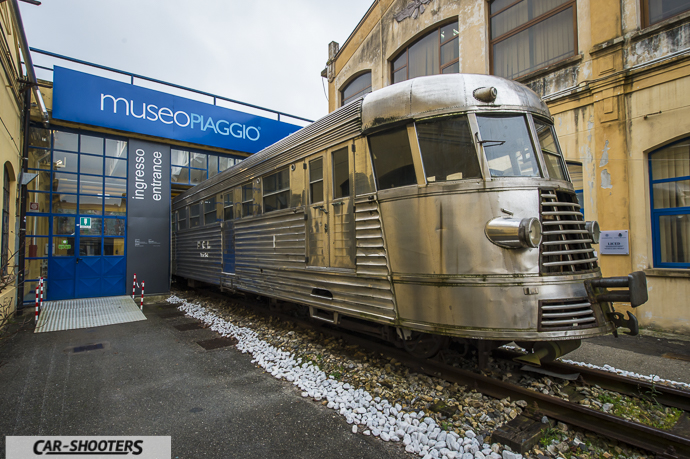
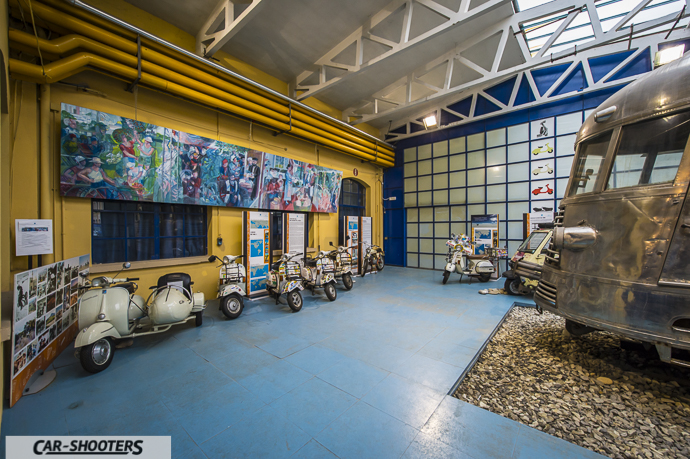
We are at the Piaggio Museum in Pontedera (Pisa), one of the three production sites of the brand, where you can visit an entire space dedicated to the Vespa and other products. Rinaldo Piaggio founded in 1884 in Genova the eponymous company, dedicated to the production of nautical décor, then they extended also to rail industry, engines and bodies for trucks. With the First World War, Piaggio decided to concentrate their production in the aviation market by founding a dedicated factory in Pontendera, becoming, especially in the period of the Second World War, the leader industry in Italy and also a strategic objective in the enemy bombardment.
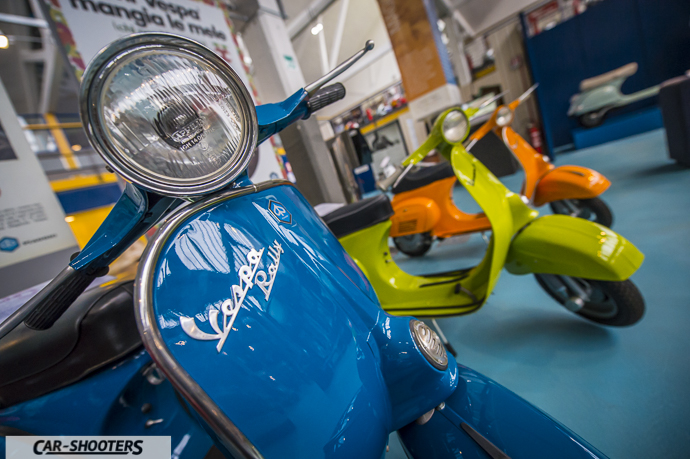
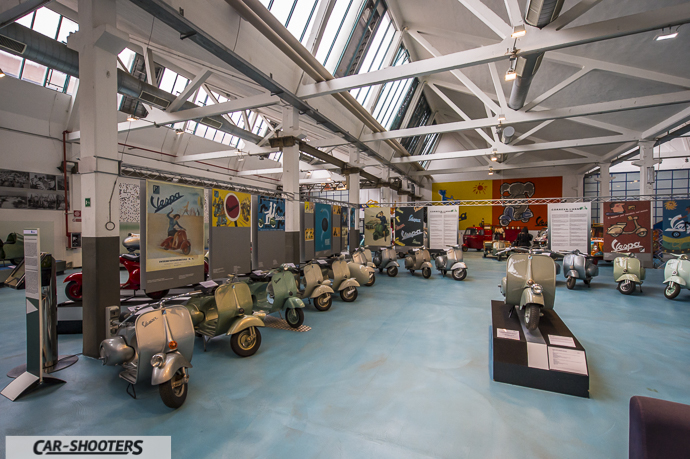
The destruction of the factory brought the childrens of Rinaldo to reconsider the whole production of the Piaggio brand, focusing on individual mobility. The intent was similar to who produced the Fiat Nuova 500 of the previous article, the creation of a low-cost vehicle. The designers wanted to rethink a two-wheeled vehicle avoiding all the issues present in a motorcycle at that time: precarious balance due to the high wheels, difficulty in replacing a wheel after a puncture, ease in getting dirty because of the exposed chain.
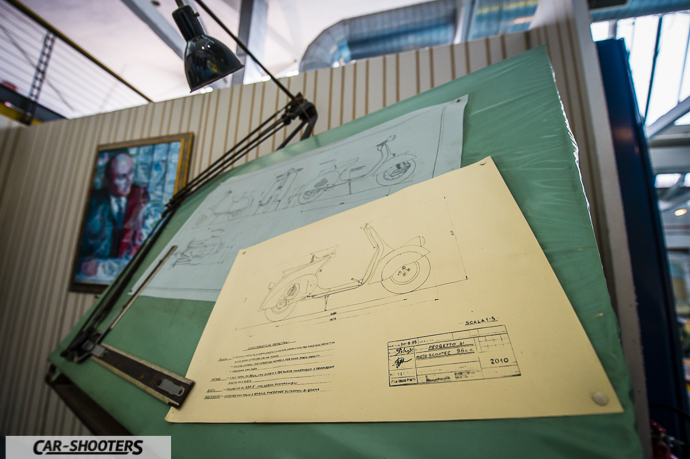
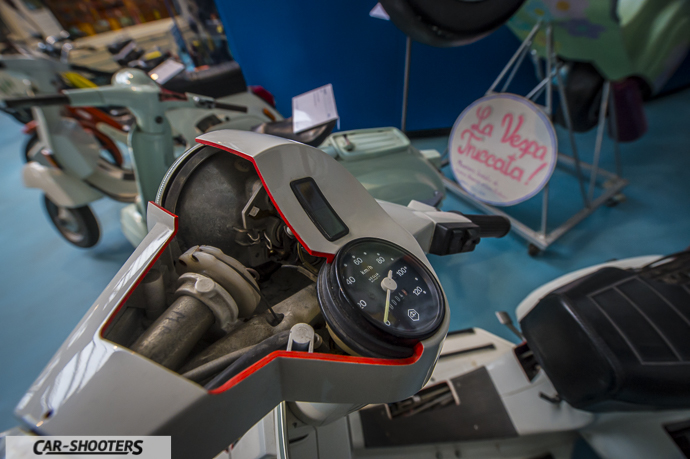
The Corradino D’Ascanio’s project was a totally revolutionary solution, in contrast to any other motorbike on the market. Watching the first prototype (the MP6) Enrico Piaggio said: “Sembra una Vespa!”(In English “Looks like a Vespa”, “Vespa” is the Italian for wasp). It was the birth of a legend with more than 18 million units sold. The best way to relive this story is visiting the Piaggio Museum in Pontedera.
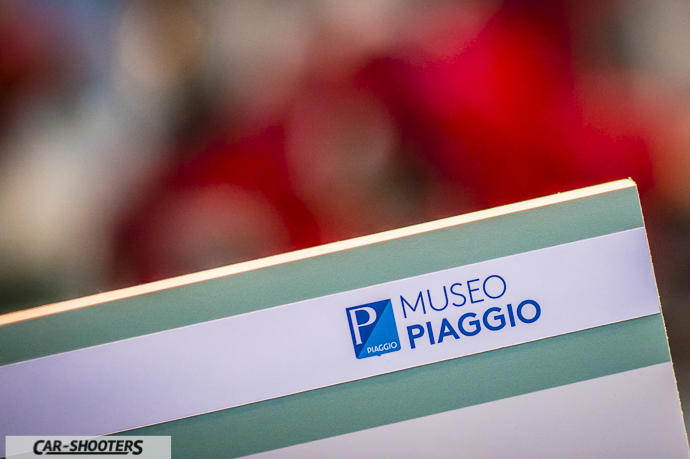
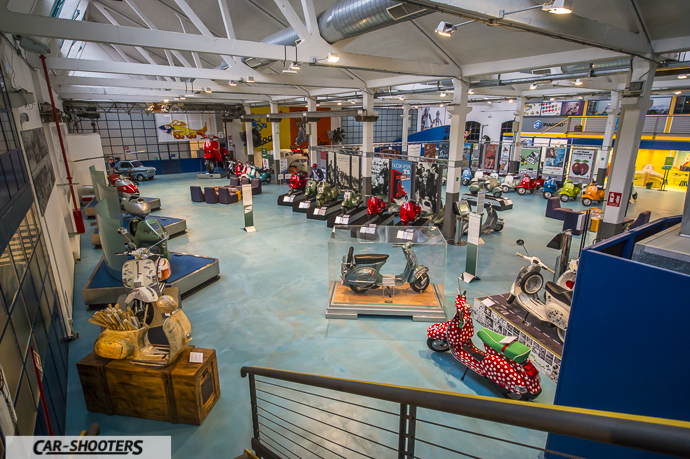
On the two levels of the structure it’s possible to take a real journey inside the Vespa’s history. Downstairs you can relive all the Piaggio world with a corner dedicated to the current models and also the “Ape” (In English “Bee”) and the “Ciao” (In English “Hello”).
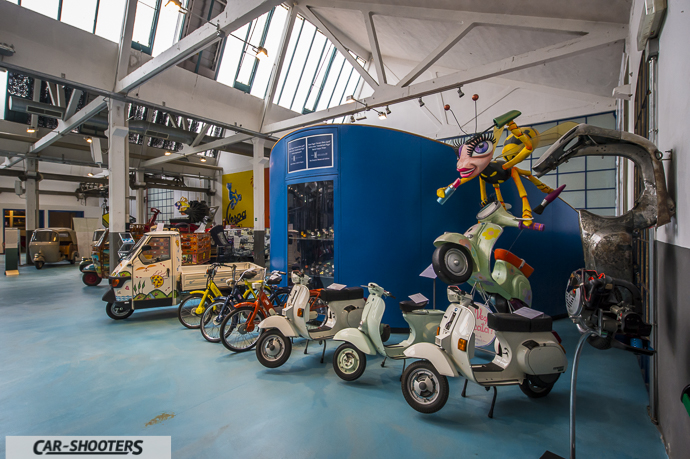
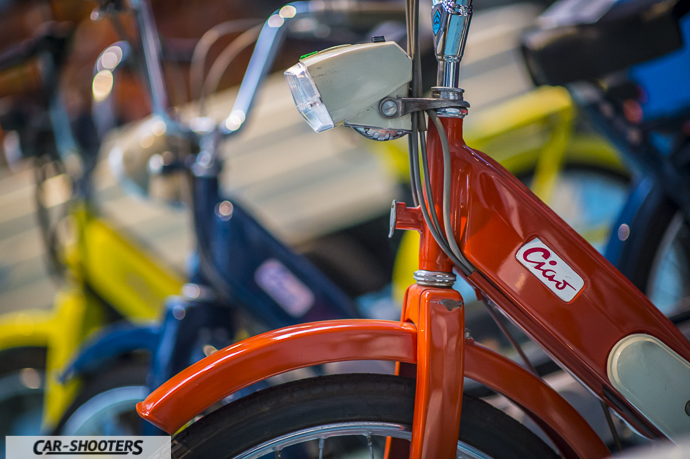
I found really curios the “Ape” built to be supplied to the fire brigade forces at that time as well as are interesting other models with characteristic colors.
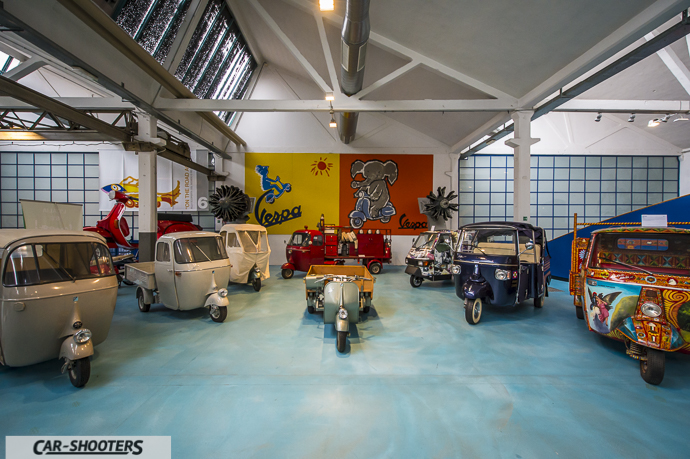
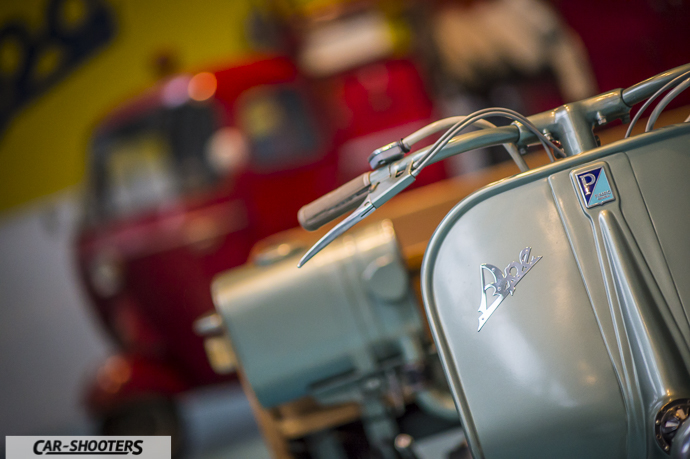
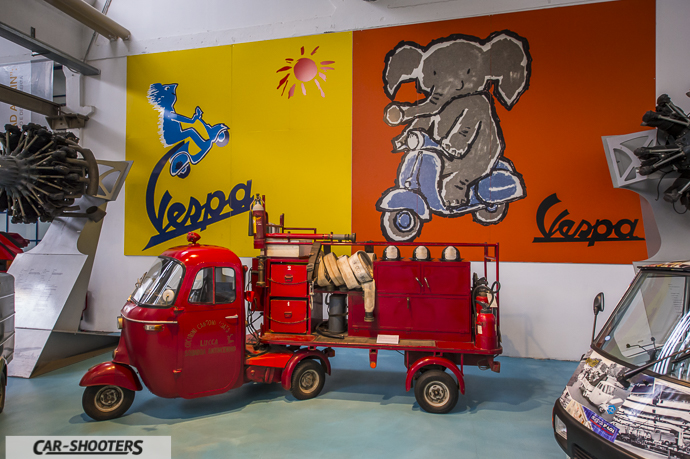
However, the great protagonist of the museum is the Vespa, with all the historical models and special versions. In fact is possible to see the first prototypes of the’ 40s like the MP5 “Paperino” (In English “Donald Duck”) and MP6 made by D’Ascanio. You can also adimire the most iconic models like the 98cc First Series, the GS 150, the Vespa 50 (called the “Vespino”) up to the Vespa 200 Rally with electronic ignition.
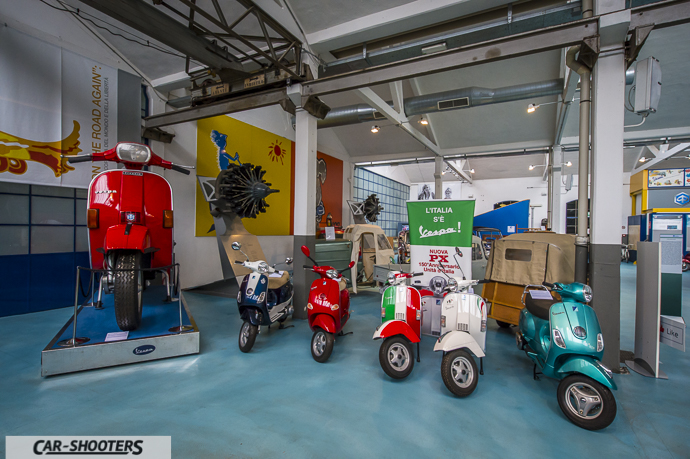
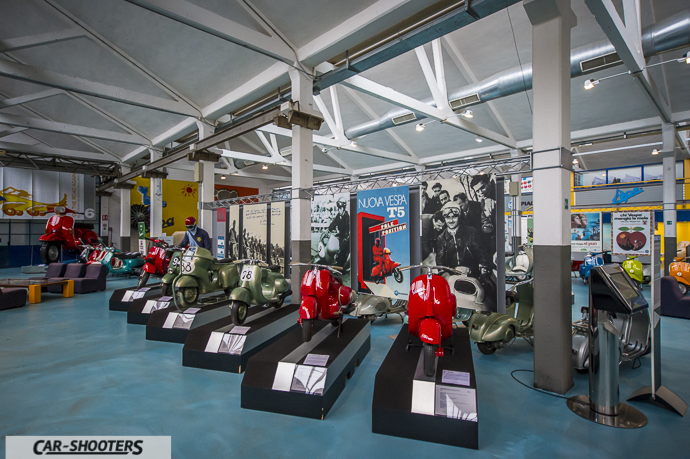
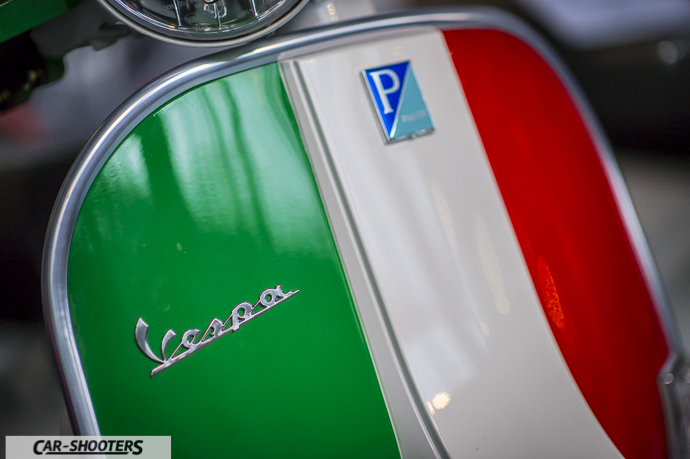
There’s also space for Vespa models used in movie productions such as “Roman Holiday” with Audrey Hepburn and Gregory Peck or even models with the body painted by famous authors or special version made by stylists and designers.
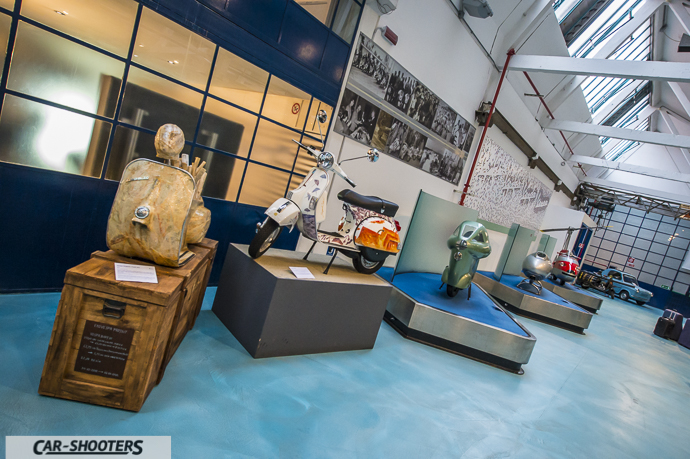
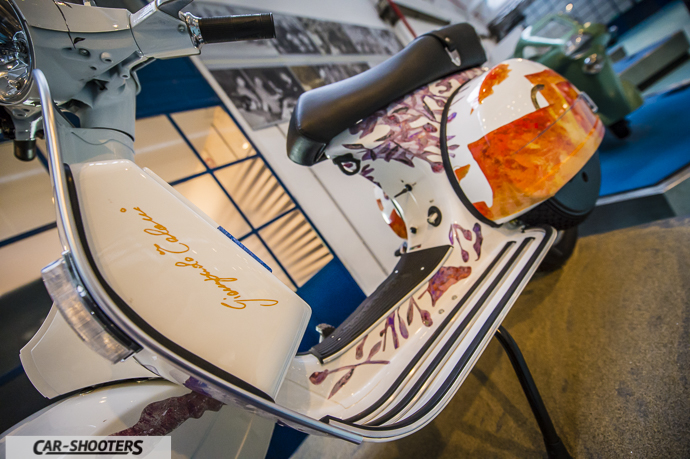
The upper floor is entirely dedicated to the Gilera brand with some appearance of Bimota production (recently mentioned as it has made a very special Peugeot RCZ in collaboration with Peugeot Italy).
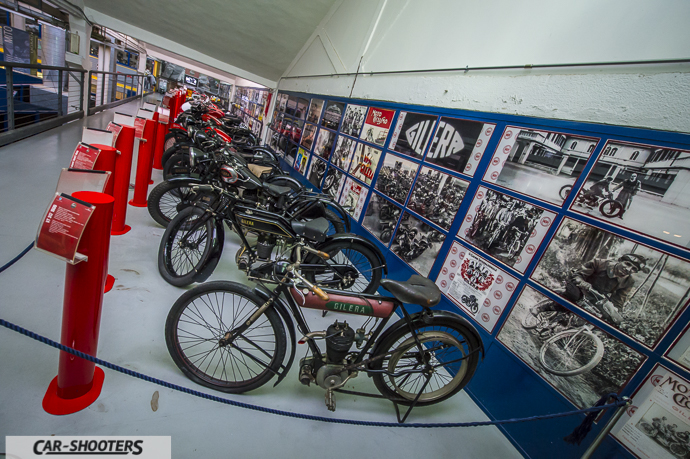
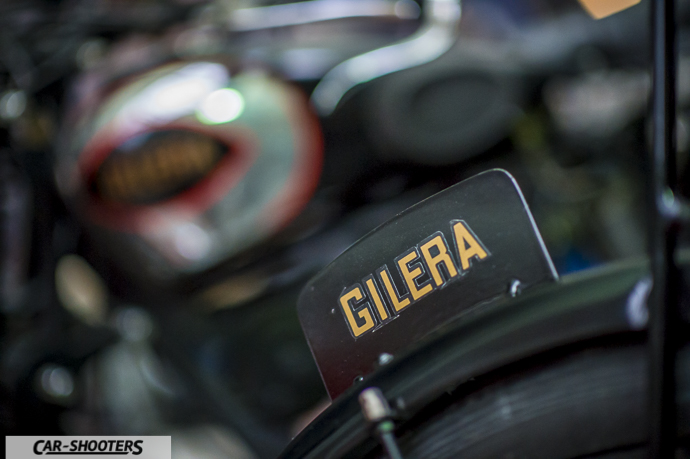
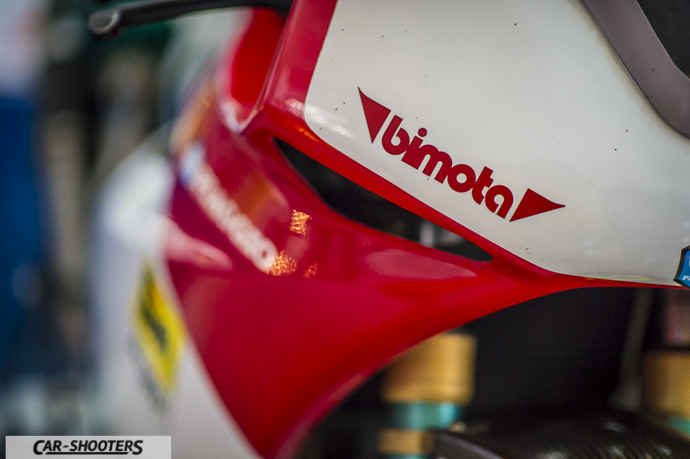
The Piaggio Museum in Pontedera is definitely special place for Vespa’s fans and deserves to be visited and appreciated.
By: Edoardo Mascalchi
Photos: Edoardo Mascalchi
Bonus Images:
